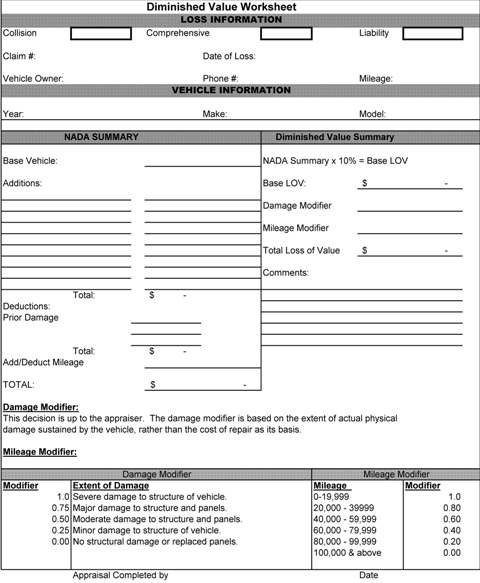Valuing Insurance Companies
Post on: 7 Июнь, 2015 No Comment

- Page Title:
- Page URL:
This page has been successfully added into your Bookmark.
67 followers
Follow
www.gurufocus.com/news/136777/partner-re-pre—a-conservative-stock-in-reinsurance-industry ). So I hope this article will give us quick ideas about insurance companies in general.
First we should understand what insurance is. Insurance is actually the business of selling promises. Insurers often pool funds from many insured entities to pay for the losses that some may incur. The insured entities are therefore protected from risk for a fee, which is called a premium, with the rate of premium dependent on the frequency and severity of the event occurring. Insurers receive premiums upfront and pay claims later. The collect-now, pay-later business model leaves the insurers a bunch of temporary free cash, which is called “float,” that will eventually go to others. Insurers will go out and invest the float for the between period.
From that, we can see there are two sources of income coming to the insurers: the underwriting income and the investment income. For underwriting income, if it is positive, it means insurers got paid to hold the insured’s money. If the underwriting income is negative, then the ratio of underwriting loss to the amount of float is the cost of generating the floats. An insurance business is considered to be profitable over time if its cost of float is less than the market rate for money. If the cost of its float is higher than that, then the business has negative value.
In order to value insurance companies, there are three main important things to consider:
The safety of its risk exposure
For this, we answer the question: “If big hits come along, can the equity be large enough to absorb all the risks?” Normally we look at the amount of business the company writes compared to its tangible book value, along with its price in the market. Tangible book value represents roughly the liquidation value of the insurance companies. If we can buy in the company with less than its tangible book value (liquidation value), it somehow indicates the safety and undervalued level.
The cost of floats
As discussed above, we should examine the growth of floats over time and the cost the company incurred to generate the float. If the cost of float is higher than the market rate for money, the business has negative value. The calculation of the float is quite relative, by adjusting unpaid losses, funds held under reinsurance, unearned premium reserves and then deducting prepaid acquisition costs, prepaid taxes and deferred charges for reinsurance.

Investment income
The investment income is the return on investment of its float, indicating the ability of the company to allocate capital. Some insurance companies go very conservative, and some go very aggressive. It should be measured by two important yardsticks: the return on investment and the sustainability of those returns.
Valuing the insurance companies
Different methods can be used to value insurance companies, and those methods should be used flexibly as valuation is the relative operation. In the analysis of PRE, I have used the Dividend Discount Model. For PRE, as we can see in my research for value analysis on demand, they have good tangible equity, and the cost of float is below zero. But they are very conservative on its investment strategy (majority is fixed income instruments). That is why the best for shareholders is to pay out the dividends so that they can invest somewhere else to gain better returns. For a consistent dividend paying corporation like that, dividend discount valuation method is one reasonable method to estimate its value.
For Berkshire Hathaway insurance arm, Warren Buffett retains all the earnings for investment, to earn around more than 20% per year for the last 40 some years. If he paid out the dividend, after paying some taxes on dividends, the shareholders must use that cash to invest somewhere else, with the high probability that they cannot generate a return like Buffett has done. So the best thing for shareholders is to retain all the earnings, allowing Buffett to reinvest to achieve high sustainable return.
Any companies which do not have a history of paying dividends should be valued in different ways, either by relative valuation — comparing Price to Book Value with its competitors — or by comparables M&A, when there are some recent transactions of M&A in the insurance industries.
Another way, we can estimate the value of tangible equity the companies have in their books. Then we add the amount of the float, and we estimate the cost of generating those floats along with the return the company would get from investing those floats over the period of time in the future.
Certainly, any valuation is going along with different assumptions. And whenever we change a variable in our assumptions, the results will be very different. As long as we invest in the safe companies, we can sleep well at night. As the famous saying goes “Watch the downside, and the upside will take care of itself.
Happy investing!
About the author:
Money manager into global equities, especially with US and Vietnam markets. CFA level 3 candidate. Lecturer for Stalla — CFA course in Vietnam














